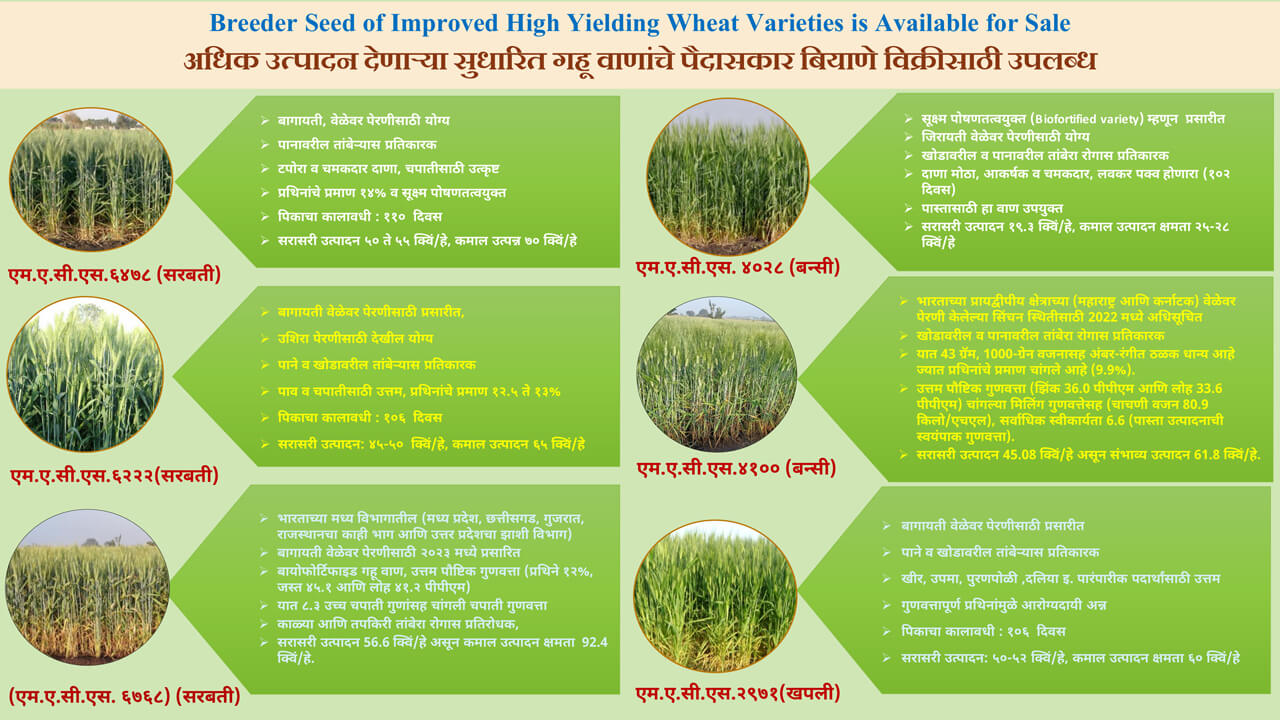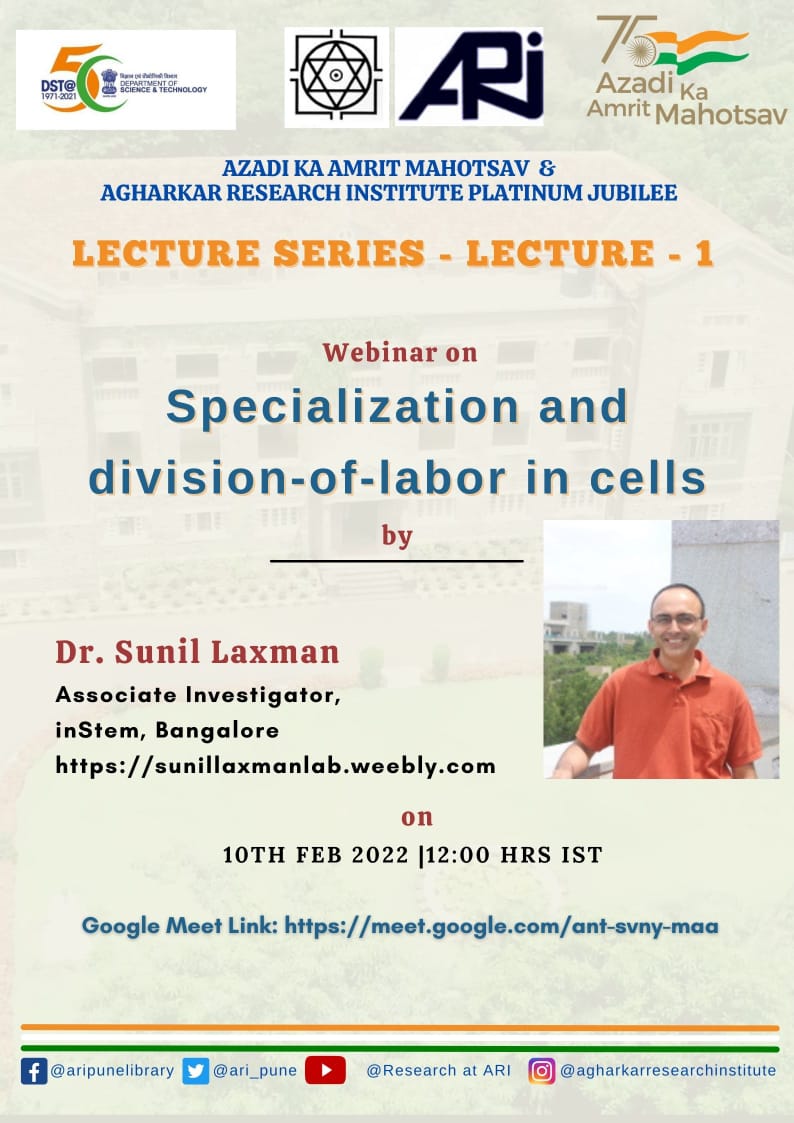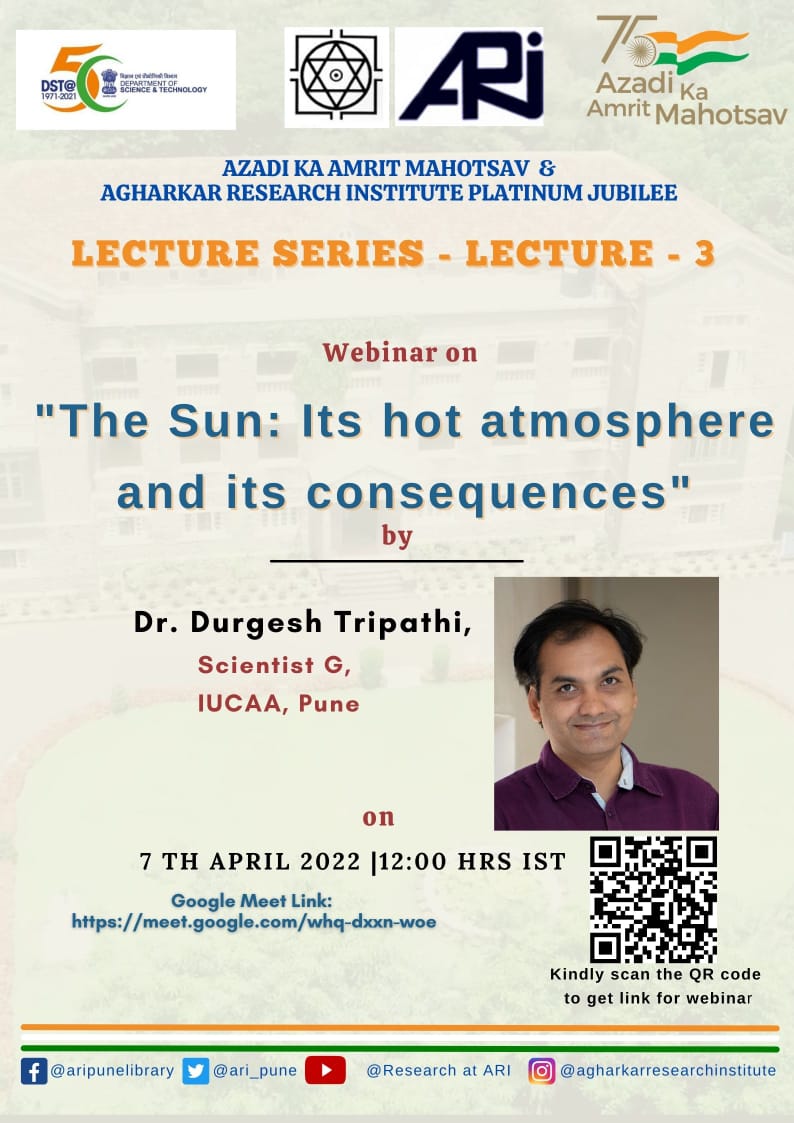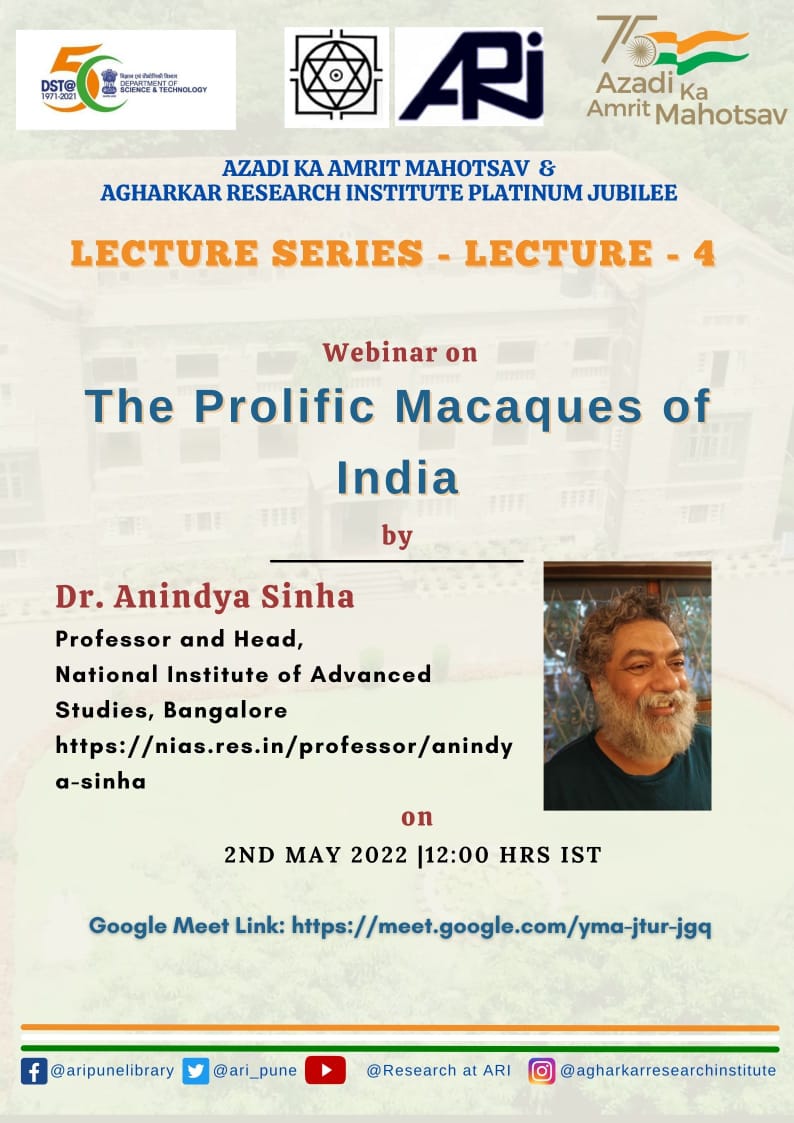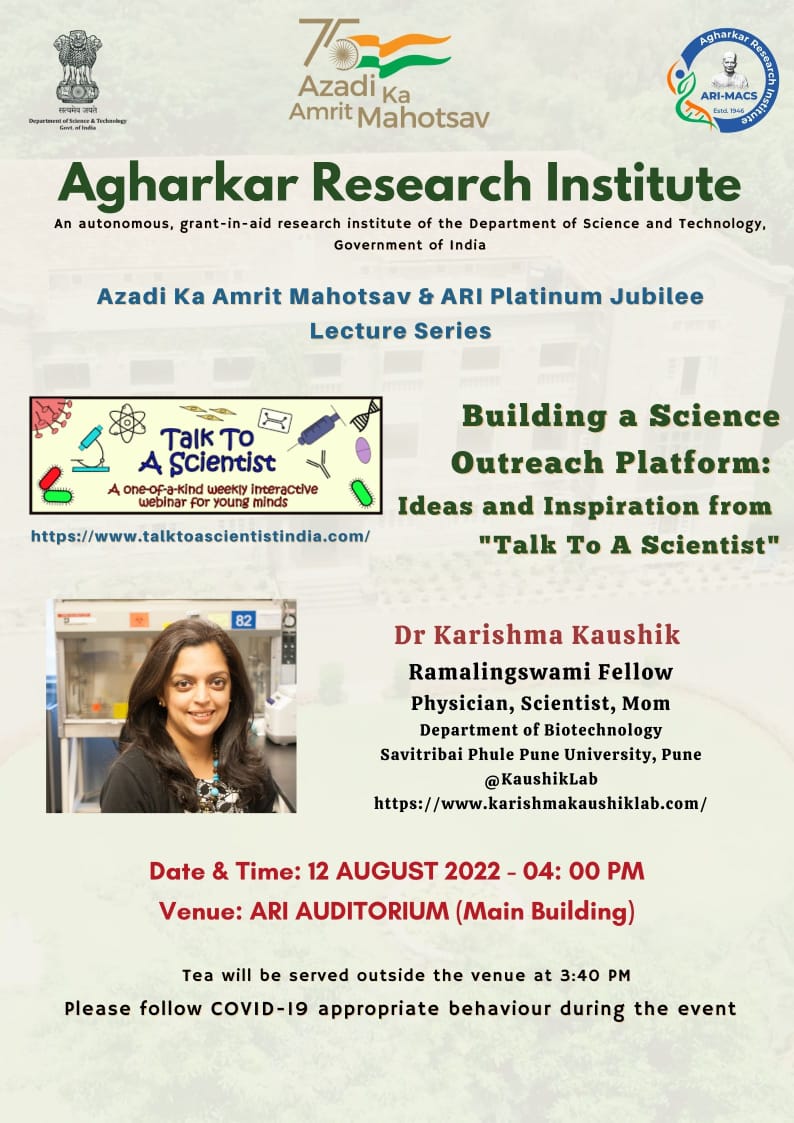
Google Scholar / Social Media
Designation : Scientist – F
Brief Background :
Fungi have ancient linkage with human civilization display extraordinary structural and functional diversity exists in many pristine environments and diverse ecosites. Over the years emphasis has been on screening rapidly growing and easily cultured species of fungi. Recent trends however shifted towards lesser investigated taxa belonging to different taxonomic groups that may be a source of hitherto unrecognized/unusual chemicals of great potential to generate bioeconomy.
Documentation and databases reveal that global estimates of number of species identified continues to rise leading to increased source to be explored for biofertilizer, food, health and environmental applications. Fungi are prolific producers of enzymes and secondary metabolites including polyketide pigments such as carotenoids, melanins, azaphilones, flavins, phenazines, quinones, monascin, violacein, indigo, etc. Besides, fungi do have potential to produce biofuel.
Omnipresence and evolutionary ancestry make them interesting as model organism for biotechnological inventions. Current understanding on fungal biology has provided opportunity to acknowledge the wide range of applications useful in various sectors. Fundamental mycology, especially systematics, conventional taxonomy has seen dynamic change in recent past and has significantly supported the studies on biodiversity.
However, the modern sequence-based molecular approaches are getting more prominence.Knowledge on fundamental aspects help in protecting IPR and also compliment to the strategic requirements of in vitro culturing, authentication and conservation efforts being deliberated under flagship program of Convention on Biological Diversity (CBD) to support the country’s academic and industrial R& D program on sustained basis.
Contact Details :
sksingh@aripune.org
+91 20 25325103 (Telephone)
+91 9552709158 (Cell Phone)
BSc, MSc& PhD (Botany-Mycology)
- B Sc [Botany & Chemistry] Kanpur University, UP, INDIA 1990
- M Sc [Botany-spl Plant Pathology] Kanpur University, UP, INDIA 1992
- Ph D Botany Gorakhpur University, UP, INDIA 1996
Fungi are considered promising goldmine for various applications and biotechnological inventions. Research interests are centred on discovering novel and uncommon fungi from pristine and other diverse habitats of Western Ghats and Himalayan regions in India.
Understanding structural diversity and biological relationships with plants and insects and exploitation of their metabolic potential in various sectors has been the primary interests. Examination of enntomogenous fungi and other biocontrol agents and their potential applications are another area of interests. Endophytic fungi from plants of unique ecological settings, and study of their bioactive substances, and authentication by conventional and modern methods; multigene sequencing and phylogenetic analyses is the main interests.
More recently, began to examine fungi producing colors/pigments for understanding the mechanisms of biosynthesis of polyketide pigments and their applications, primarily in textile and food industries. Capacity building and human resource generation in fundamental aspects of taxonomic mycology and conservation of indigenous fungal resources under the framework of CBD and Indian BD Acts & Rules are the high priority areas of interests. Besides, extending knowledge-based services and support R&D programs undertaken by academic, research institutions and industry.
Rana S and Singh SK. 2020. Srinivasanomyceskangrensis Gen et sp. nov. In: Fungal diversity notes 1151–1276: taxonomic and phylogenetic contributions on genera and species of fungal taxa: (Hyde et al. 2020).FungalDiversity100: 156-159.
Singh SM and Singh SK. 2000. Bhagirathimyceshimalayensis Gen et sp. nov. In: Fungal diversity notes 1151–1276: taxonomic and phylogenetic contributions on genera and species of fungal taxa (Hyde et al. 2020).FungalDiversity100: 93-101
Lagashetti A, Dufossé L, Singh SK and Singh PN. 2019. Fungal Pigments and their Prospects in Different Industries. Microorganisms 7(12): 1-36
Singh PN and Singh SK. 2019. Neoacladium indicum Gen et sp. nov. Fungal diversity notes 1036–1150: Taxonomic and phylogenetic contributions on genera and species of fungal taxa:( Hyde et al. 2019). FungalDiversity96 (1): 189–200.
Rana S and Singh SK. 2019. Kamalia indica, a new genus and species belonging to Diaporthales (Ascomycota, Fungi) described based on morphology and molecular phylogeny. Phytotaxa 427(4): 233–243
Rajeshkumar KC, Bhat DJ, Lad SS, Wijayawardene NN, Singh SK, Pandkar MR, Maurya DK, Ashtekar ND, and Hyde KD. 2018. Morphology and phylogeny of Tamhinisporasrinivasaniisp. nov. (Tubeufiaceae) from northern Western Ghats, India. Phytotaxa346(1): 113-120
Mehta N, Hagen F, Aamir S, Singh SK and Baghela A. 2017. Development of a High-Resolution Multi-Locus Microsatellite Typing Method for Colletotrichum gloeosporioides. Mycobiology 45(4): 401-408.










